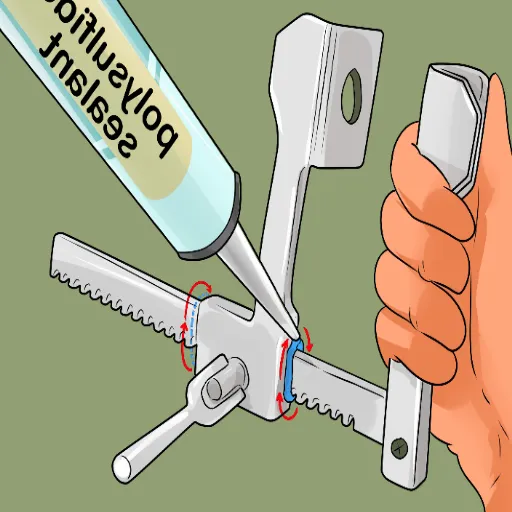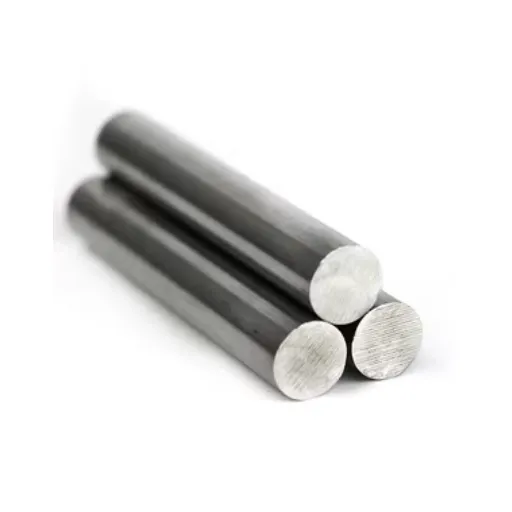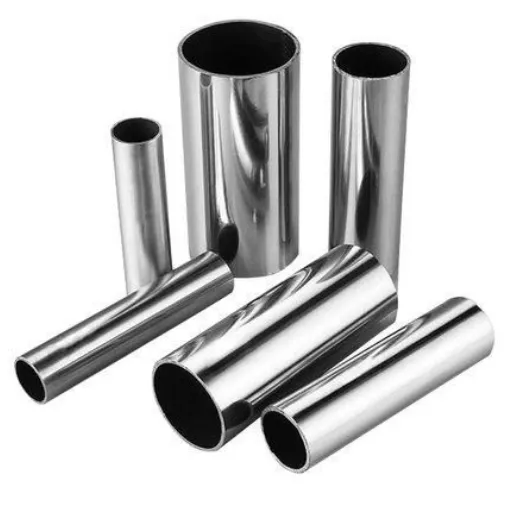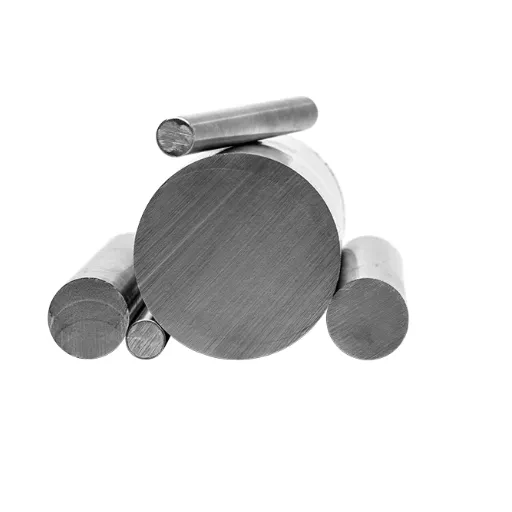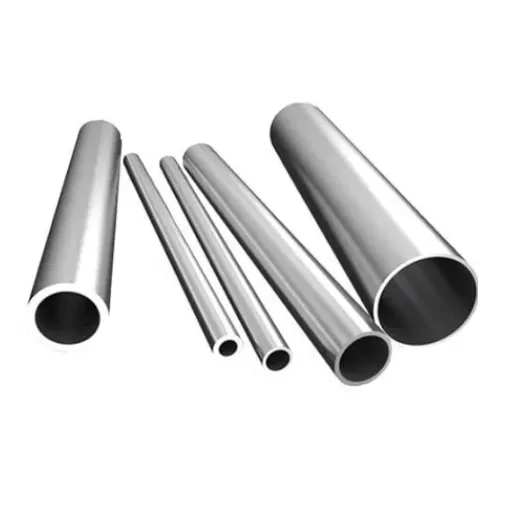Aluminum is a versatile material prized for its strength, light weight, and smooth surface. However, exposure to moisture and air can cause oxidation, leaving it dull and tarnished. The challenge is maintaining the material’s shine without scratching its surface. This comprehensive guide will walk you through simple cleaning and polishing approaches to restore aluminum’s bright charm.
Introduction to Cleaning Aluminum
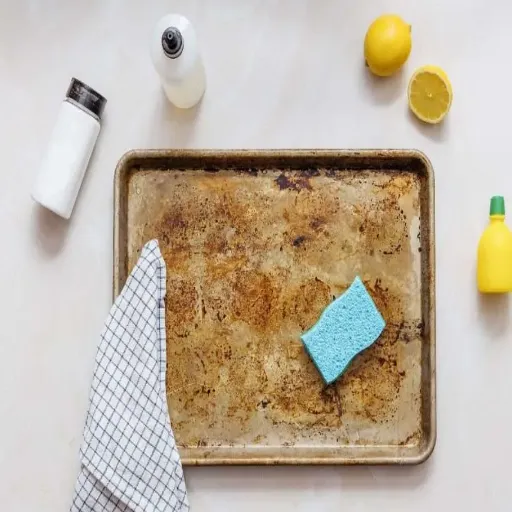
Importance of Maintaining Aluminum Durability and Appearance
Maintaining aluminum’s durability and appearance is vital for long-term functionality and aesthetic appeal. Aluminum is widely used due to its:
- Lightweight – Easy to handle and transport
- Corrosion resistance – Natural protective properties
- Versatility – Suitable for various applications
Without proper maintenance, aluminum can lose strength and appeal through oxidation, dirt accumulation, and general wear. Coordinated maintenance programs prevent deterioration, keeping aluminum strong and functional.
Preventing Corrosion Through Proper Cleaning
Preventing aluminum corrosion requires consistent maintenance:
- Regular cleaning – Remove dirt, grime, and atmospheric contaminants
- Gentle methods – Use mild detergent and water without abrasive materials
- Thorough drying – Prevent moisture retention that encourages corrosion
- Protective coatings – Consider waxing for additional protection
Common Types of Aluminum Finishes
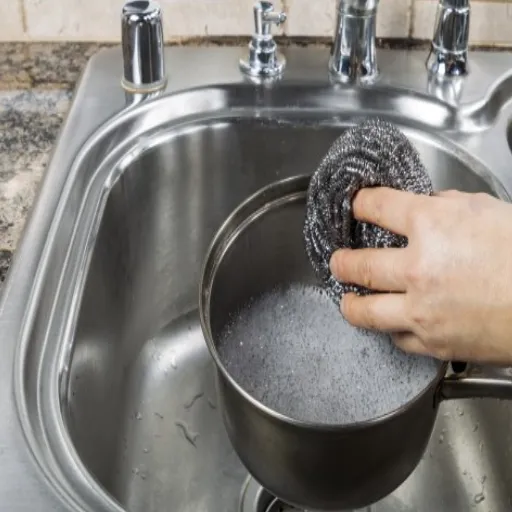
Brushed Aluminum
Properties: Matte surface with fine parallel lines that disguise fingerprints and minor scratches.
Cleaning Method: Use a soft cloth or sponge with mild soap and water. For stubborn stains, create a baking soda paste and gently massage it against the grain.
Polished Aluminum
Properties: Mirror-like finish requiring careful handling to prevent scratches.
Cleaning Method: Use microfiber cloths and aluminum-specific cleaners. Apply in circular motions with light pressure.
Anodized Aluminum
Properties: Electrochemically treated for enhanced corrosion resistance.
Cleaning Method: Warm water, mild neutral soap, and a soft sponge. Avoid strong chemicals and abrasive pads.
Powder-Coated Aluminum
Properties: Baked-on finish providing excellent UV and moisture protection.
Cleaning Method: Soapy water for routine cleaning; commercial non-abrasive cleaners for tough stains.
Step-by-Step Cleaning Methods

Removing Stains and Grease from Aluminum Pots
- Prepare cleaning solution: Fill the pot with warm water and add dishwashing liquid or vinegar. For stubborn stains, sprinkle baking soda over the stained areas.
- Boil and loosen: Gently boil the solution and simmer for 10-15 minutes to soften grease and stains.
- Scrub gently: Empty the pot and clean with a non-abrasive sponge. Avoid steel wool or rough scrubbing pads.
- Target stubborn stains: Create a baking soda paste and gently rub in circular motions. Use lemon juice for additional shine.
- Rinse and dry: Thoroughly rinse with warm water and dry with a soft towel to prevent water spots.
- Polish for shine: Apply aluminum polish or cream of tartar mixture and buff with a soft cloth.
Cleaning Oxidation from Outdoor Aluminum Furniture
- Rinse surface dirt: Use a garden hose to remove dust and loose grime. Use a soft-bristle brush for stubborn dirt.
- Prepare cleaning solution: Mix vinegar and water at a 1:1 ratio or use commercial aluminum cleaner.
- Scrub oxidized areas: Use a non-abrasive sponge soaked in cleaning solution. Avoid steel wool or abrasive materials.
- Final wash: Rinse thoroughly with clean water to remove all cleaning residue.
- Apply protection: Dry furniture and apply a thin coat of car wax or aluminum polish.
- Ongoing maintenance: Clean regularly and use protective covers when not in use.
Effective Techniques for Car Parts Cleaning
| Cleaning Method | Best For | Description |
|---|---|---|
| Degreasing | Engine parts | Use quality engine degreaser, allow to sit, then scrub and rinse |
| Ultrasonic Cleaning | Precision parts | High-frequency sound waves remove dirt from intricate components |
| Steam Cleaning | General parts | Eco-friendly method using high-temperature steam |
| Specialized Sprays | Specific components | Brake cleaners, alloy wheel cleaners for targeted cleaning |
Recommended Cleaning Products
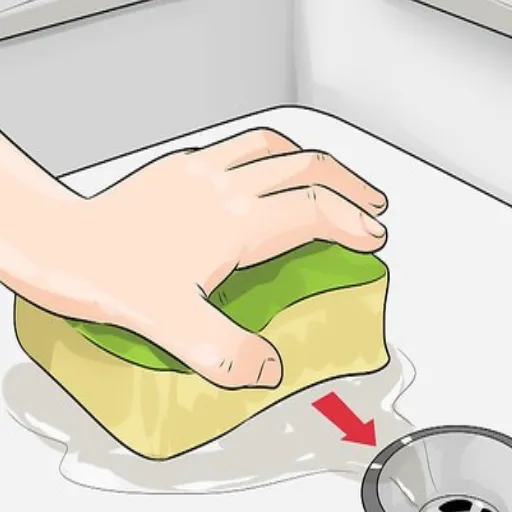
Non-Abrasive Commercial Cleaners for Aluminum
When selecting commercial cleaners, look for:
- Aluminum-safe degreasers – Specifically formulated for aluminum surfaces
- pH-neutral cleaners – Won’t damage the metal’s protective layer
- Non-acidic sprays – Gentle yet effective cleaning power
DIY Solutions: Natural Cleaning Alternatives
White Vinegar Solution
Mix equal parts white vinegar and water. The natural acidity removes stubborn stains and deposits effectively.
Baking Soda Paste
Mix baking soda with water to form a paste. Provides gentle abrasive action for oxidation removal without surface damage.
Lemon Juice Treatment
Apply fresh lemon juice, let sit for minutes, then buff for natural shine restoration and stain removal.
Combination Method
Baking soda and vinegar create a bubbling reaction for enhanced cleaning action on tough challenges.
Safety Precautions When Using Cleaning Materials
Essential Safety Guidelines:
- Always read product labels and instructions carefully
- Wear protective gloves to prevent skin irritation
- Ensure adequate ventilation when using chemical cleaners
- Never mix cleaning substances unless explicitly directed
- Keep chemicals away from children and pets
- Wash your hands thoroughly after cleaning
Preventative Care Tips for Aluminum Surfaces
Establishing Regular Maintenance Routines
Create a maintenance schedule based on environmental exposure:
| Environment | Cleaning Frequency | Special Considerations |
|---|---|---|
| Indoor use | Weekly to monthly | Gentle wiping with mild detergent |
| Outdoor furniture | Bi-weekly | More frequent due to dirt and weather exposure |
| Automotive parts | Monthly | Use specialized automotive cleaners |
| Marine environments | Weekly | Combat salt exposure with frequent rinsing |
Applying Protective Coatings to Extend Lifespan
Protective coatings significantly extend aluminum lifespan:
- Anodizing – An Electrochemical process that thickens the natural oxide layer
- Powder coating – Multiple color options with excellent abrasion resistance
- Specialized sealants – Liquid applications for easy maintenance
- Nano-based coatings – Advanced technology with enhanced scratch resistance
Avoiding Environmental Factors That Damage Aluminum
Moisture Control
Use protective coatings and store in dry environments. Clean salt deposits immediately in coastal areas.
Temperature Management
Use thermal barriers and proper insulation in extreme temperature environments to prevent stress.
Chemical Protection
Avoid strong acids and bases. Clean quickly after exposure to industrial pollutants.
UV Protection
Use UV-resistant coatings for outdoor applications to prevent degradation from sun exposure.
Frequently Asked Questions
Key Takeaways
Success in aluminum cleaning comes from:
- Using gentle, non-abrasive cleaning methods
- Establishing regular maintenance routines
- Choosing appropriate products for specific aluminum finishes
- Applying protective coatings when possible
- Addressing oxidation and stains promptly
With proper care and the right techniques, aluminum surfaces will maintain their strength, beauty, and functionality for years to come.
References
Mechanism of aluminum passivation layer formation
This publication is an exploration of surface oxidation of aluminum alloys and the treatment methods to clean and maintain aluminum surfaces.
Improving aluminum recycling: A review of sorting and impurity removal technologies
This article deals with impurity removal technologies relevant to the cleaning and maintenance of aluminum in the recycling process.
Aluminum dreams: The making of light modernity
The book offers insights into the properties of aluminum and its treatment, including cleaning and maintenance techniques.

